- This Month in Wildlife Sightings #Jan2022
- This Month in Wildlife Sightings #Feb2022
- This Month in Wildlife Sightings #March2022
- This Month in Wildlife Sightings #April2022
- This Month in Wildlife Sightings #June2022
- This Month in Wildlife Sightings #Sep2022
- This Month in Wildlife Sightings #Nov2022
- This Month in Wildlife Sightings #Dec2022
- This Month in Wildlife Sightings #March2023
- This Month in Wildlife Sightings #April2023
- This Month in Wildlife Sightings #May2023
- This Month in Wildlife Sightings #June2023
- This Month in Wildlife Sightings #May2024
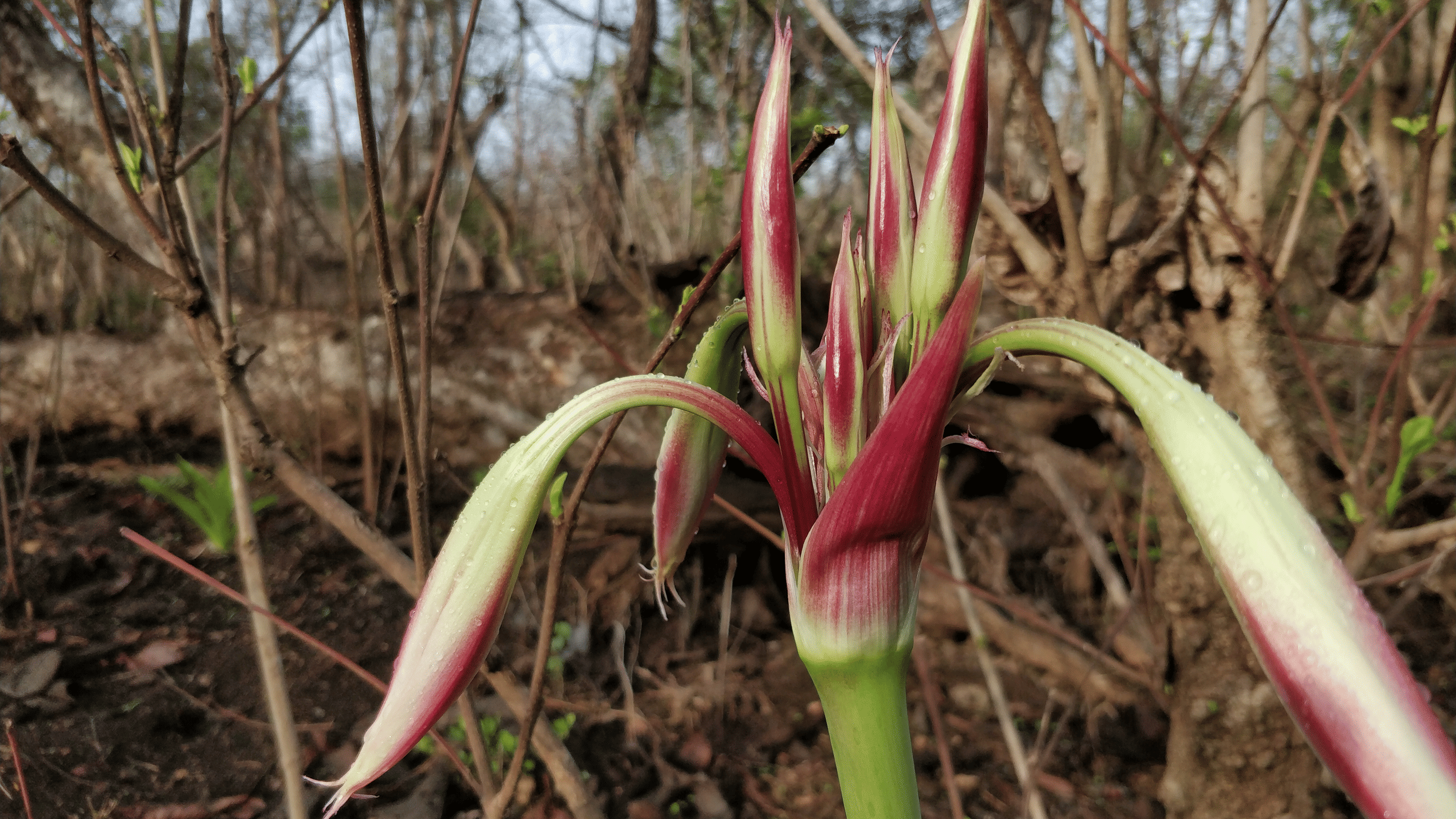
With the natural cycle continually unfolding and being driven by the monsoons, Naman talks about how the wilderness in Gir is at its most captivating self during this time of the year.
In the past several years, pre-monsoon in Sasan Gir has always gotten delayed by a few weeks. Because of this delay, one could never experience the safari in or after the first showers as Gir National Park closes on 16th June and reopens on 15th October. However, this year, it was forecasted that the first showers would begin from the beginning of June itself. And we were all set to witness the transformation of this dry deciduous jungle.
A winged termite may be the king or queen of a colony - or a swarmer launched to create a new colony. Flying termites have poor eyes, whereas workers, soldiers and secondary reproductive termites are blind. Flying termites are visible when their colony swarms. Swarms are provoked by heavy rainfall and warm, humid temperatures among other triggers. Swarms occur when established colonies produce winged male and female termites in order to reproduce. After these mating flights, fertilized termites shed their wings and go on to establish new colonies.
These swarms of insects and their sudden appearance attract a lot of birds for a feeding frenzy. Even birds like Shikra who are usually fond of hunting smaller birds, mammals and reptiles wouldn't mind a termite snack, and this particular period of 5 to 10 days after the first rainfall is unbelievably quite an exciting time in the forest.

Shikra on collapsed termite mound due to rain

Shikra with an insect kill
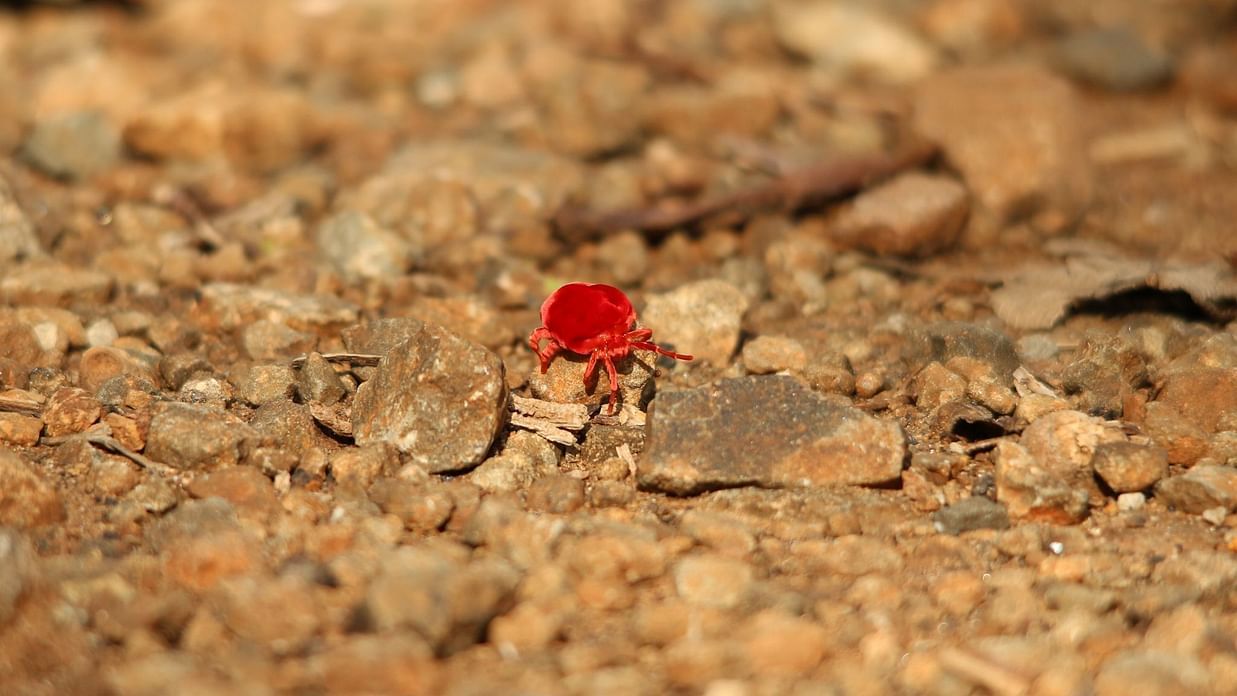
Red Velvet Mite
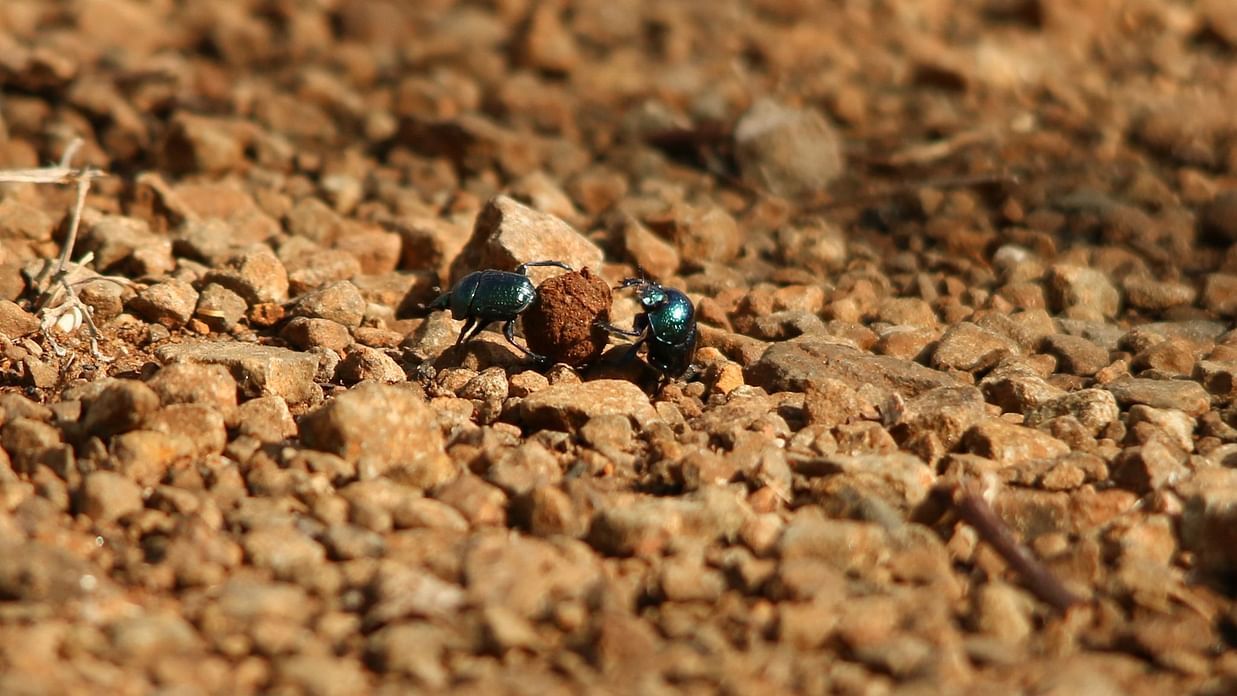
Dung Beetles at work
Most of us would have experienced the aroma of soil after the first rains. If you think it's only wet soil, please search 'petrichor' and you will surely be amazed to understand what causes the smell? But for us at Aramness, along with petrichor, it is mixed with a faint sweet fragrance of an uncommon plant, Milk and Wine Lily Crinum Latifolium, which blooms after the first rains. It's amazing to see a flower blooming right between a yet dry almost barren-looking forest. And in rain, insects, reptiles and amphibians are more active at night than ever.
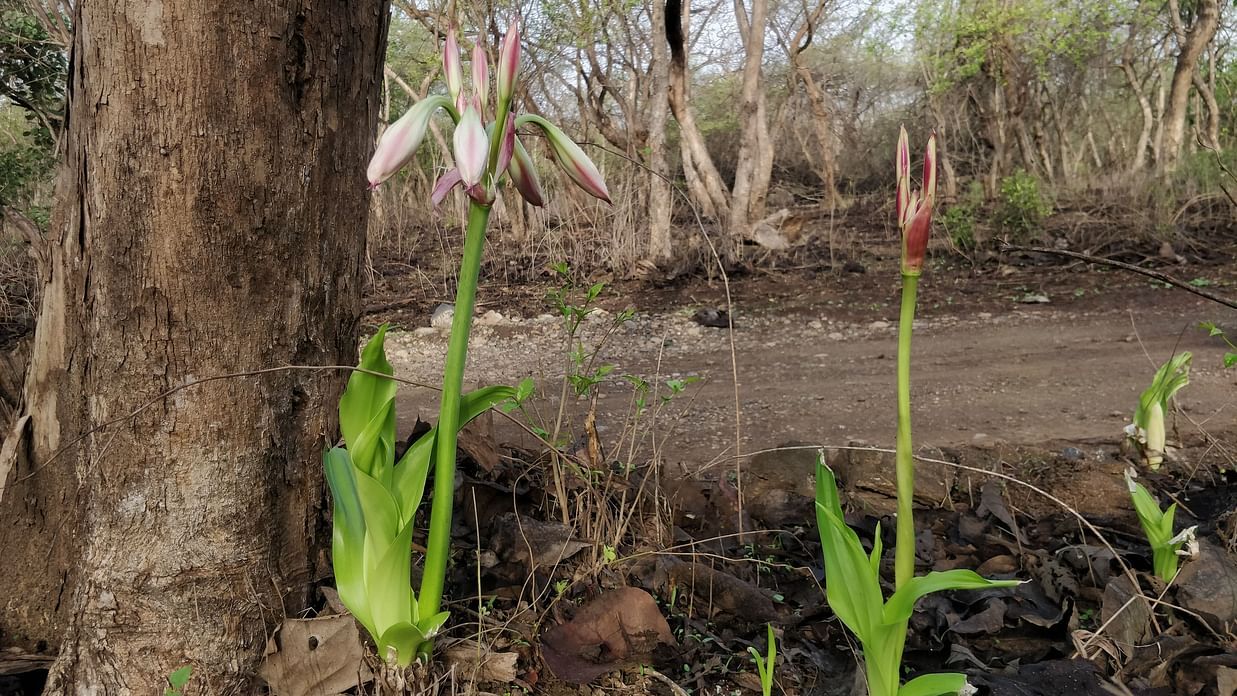
Milk Wine Lily

Pollinators of Lily
The abundance of insects attracts many migratory forest dweller birds. For example, an Indian Pitta, endemic bird to Indian subcontinent migrates to Gir in monsoons, all the way from Southern India specially to nest and breed. It's baffling to know how birds remember the directions of their migrating areas and how they turn up just before it rains!
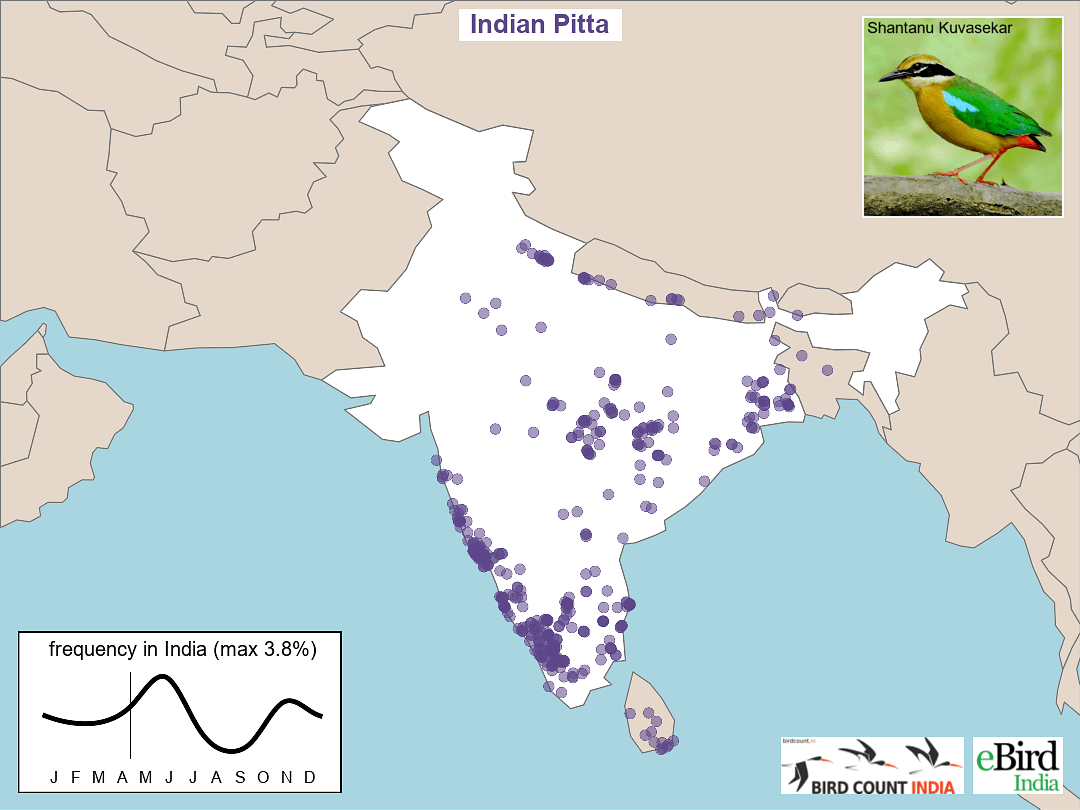
Indian Pitta Migration Patterns
In the past year at Aramness, one thing I have cherished the most is curiosity filled conversations with colleagues from other departments about surrounding wildlife. And it has always been very heartening to see the immense interest they take in learning more about wildlife at the lodge. Be it the basking Monitor Lizard at the Pool House, House Geckos and Scorpions or observing nesting Scally Breasted Munias in Kothis. For instance, we had an exhausted Indian Pitta right in our Haveli, Nadeem being an early bird, noticed the bird first at 6 in the morning. Because it didn't fly on approaching closer he understood it was exhausted. On offering water, Pitta gulped a few sips and flew towards our orchard but only after resting for an hour unbothered by anyone, right at our Haveli entrance. Later, the entire Housekeeping team got curious about how particularly outstanding it looked - they were in awe upon understanding its migration patterns.
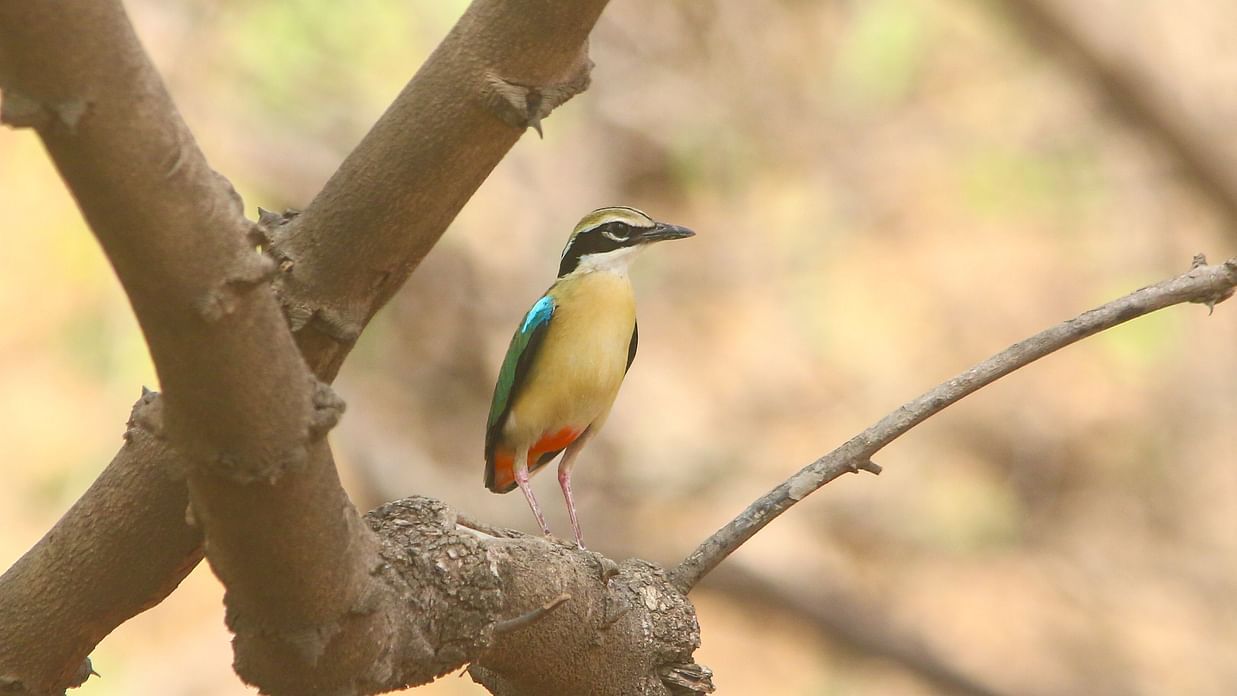
Indian Pitta
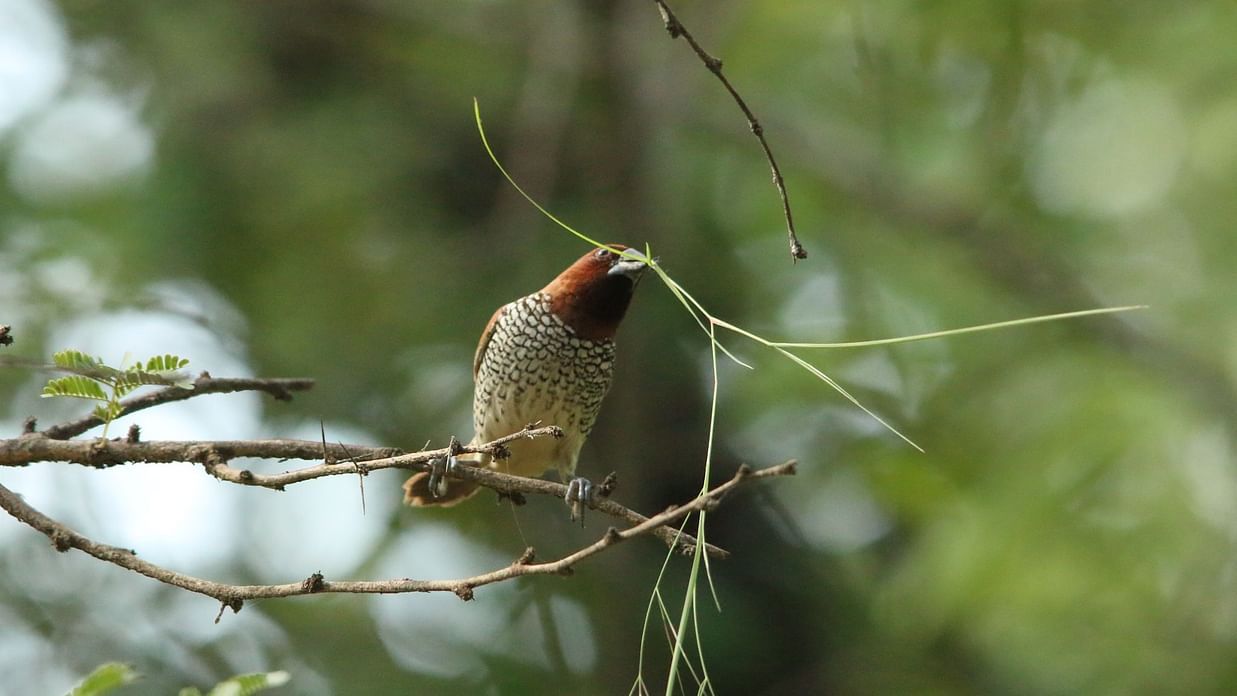
Scally Breasted Munia with nesting material

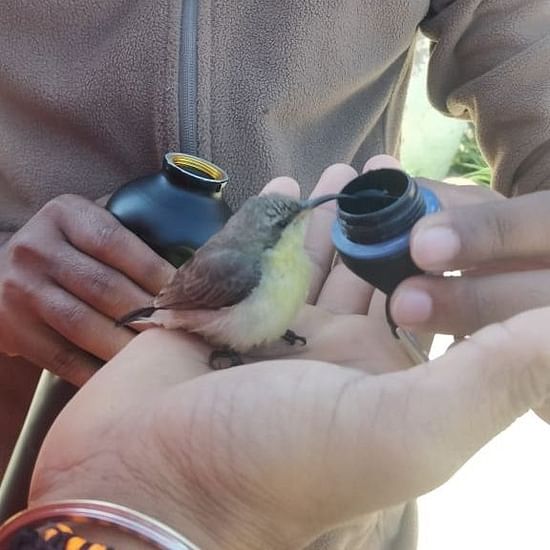
Dehydrated Purple Sunbird drinking water

In addition to phenomenal sunsets of early monsoon skies, our guests get treated to the acoustic beauty too. It’s not unusual to hear a singing Fork Tailed Drongo Cukcoo from the upper verandah of the Kothi or Indian Nightjars singing in our rewilded meadow by the Pool House.
Before the park closes, we also wanted to take our chance and check on both prides of Devadungar and Gadakbari before we bade them adieu for monsoon vacation. It turned out that pride at Devadungar is still playful as ever and one more lioness from Gadakbari has given birth to 5 cubs and that makes the Gadakbari pride the largest of 21 lions, if not more in the entire jungle.
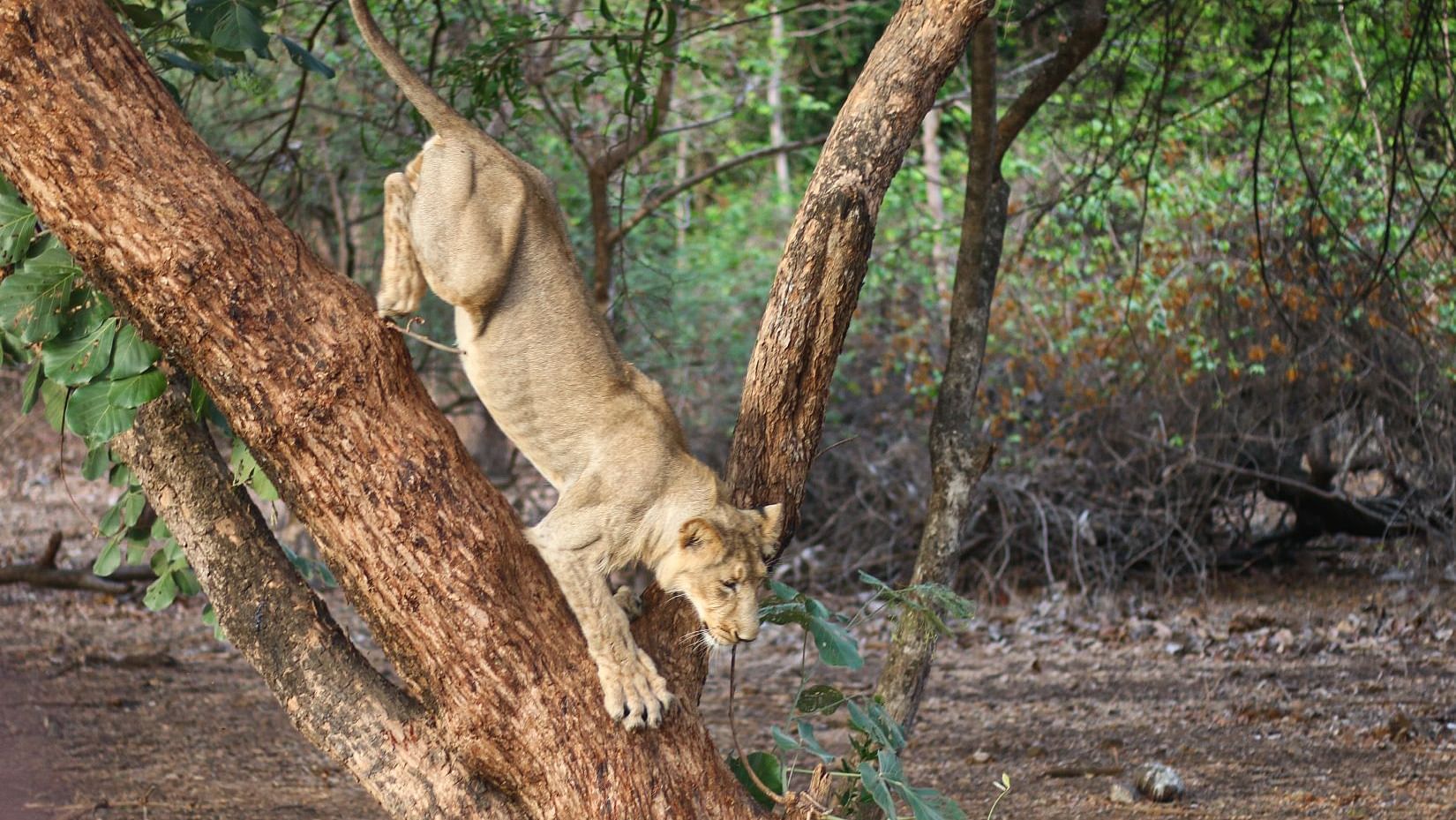
Current Devadungar sub adult lion on tree
Gadakbari Pride lioness feeding cubs
The snake activity increases in the monsoon season due to multiple reasons, for example, an abundance of prey availability, burrows filled with water, amongst others. We have started seeing snakes even on tar roads connecting to lodge and nearby villages. And often came across several myths which could lead to death of either a snake or a snake bite victim. However, it is absolutely avoidable with the help of correct awareness.
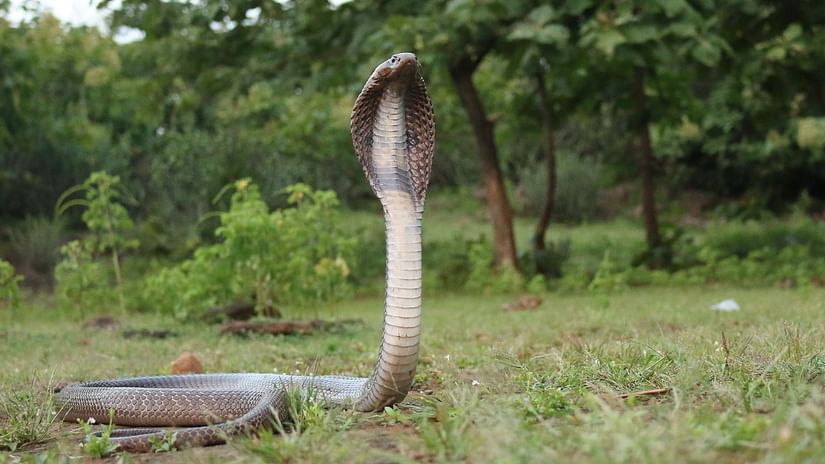
Indian Cobra
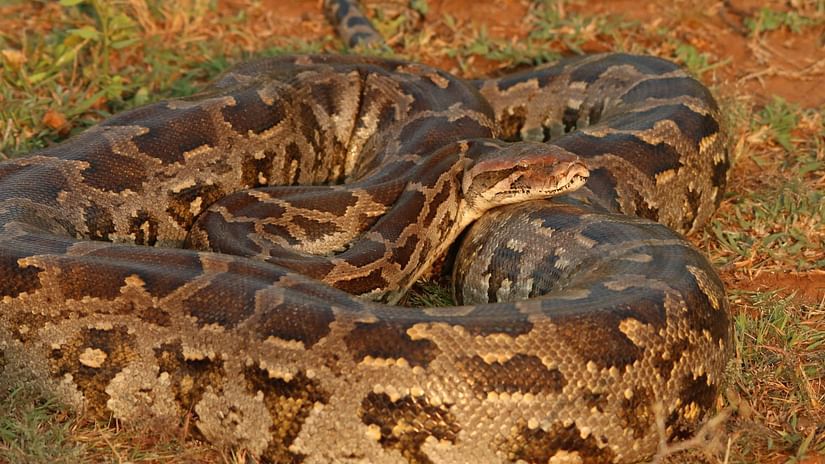
Indian Rock Python
We are planning a Snake Awareness Program in the near future, first for our in-house staff at the lodge and later we will increase its outreach by conducting awareness programs at nearby villages and primary schools. This awareness program will specially talk about identifying the most often seen venomous and non-venomous snakes of our region, what to do and more importantly not to do on seeing a snake, first aid treatment after a snake bite and most importantly, nearby treatment centres for snake and scorpion bite. We’ll share more about the campaign in our upcoming blog. Stay tuned.